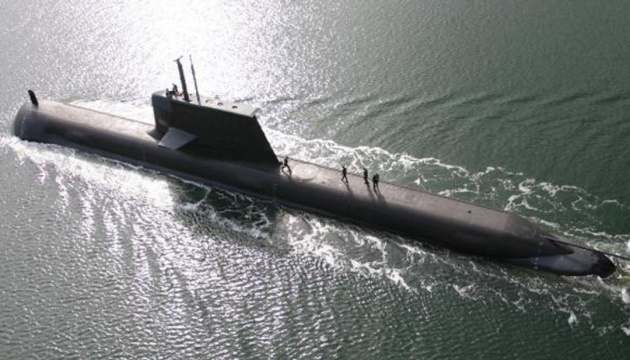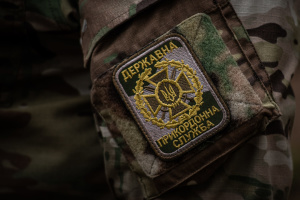
Russians are now present in Black Sea mainly in submarine format - Navy
This was reported by Dmytro Pletenchuk, a spokesman for the Ukrainian Navy, on the air of the FREEDOM TV channel, Ukrinform reports.
According to the speaker, after the Ukrainian Defence Forces defeated many Russian ships, the Russian Federation began to involve submarines in patrolling the Black Sea, periodically changing them.
"In fact, it is submarines that replace each other in the Black Sea. Before that, there was a submarine in the area that did not carry cruise missiles. Now the one equipped with missiles is on duty. This is the Varshavianka project, the 630th. It was even used - the enemy fired one missile at Mykolaiv region the day before yesterday [10 June], which we confirm. The launch was unsuccessful, but the fact of use was there. Therefore, we can say that the Russians are now present in the Black Sea in this format - underwater," Pletenchuk said.
At the same time, according to Pletenchuk, the Russians have decided that it is safer in the Sea of Azov and are now trying to organise a training process for their ships there.
"Three Buian-M missile carriers, as well as three large amphibious assault ships and a couple of auxiliary units, are still in the Sea of Azov. As of this morning, 12 June, there are seven Russian ships in the Sea of Azov. But the purposes for which they are there remain unannounced officially. We assume that this is a training process, as there is simply no place to land large amphibious assault ships there, as the entire coast is occupied. Large landing craft are unlikely to be able to enter the Caspian Sea. Most likely, they will not be able to pass through the Volga-Don Canal. And, given that the new school year has started, they obviously decided that it is safer to do this there than in the Black Sea. And they are not wrong about that," the speaker said.
Pletenchuk also noted that there are not many recommended routes in the Sea of Azov that can be followed.
"The sea is shallow, and they navigate among civilian vessels. So, in principle, their usual tactic is to hide behind civilians. There is nothing new in this," Pletenchuk said.
As reported, the head of the Strategic Communications Centre of the Southern Defence Forces of Ukraine, Dmytro Pletenchuk, said he was returning to his post as a spokesman for the Ukrainian Navy.




